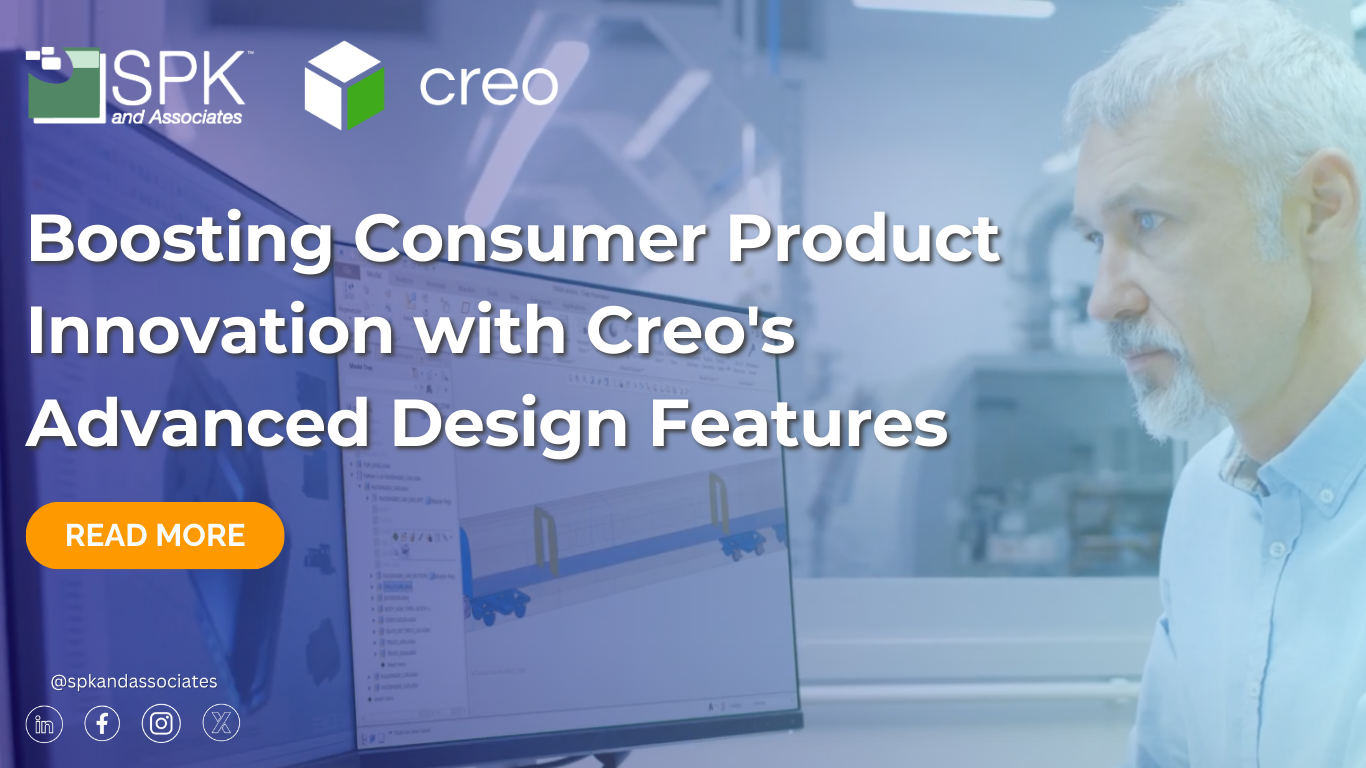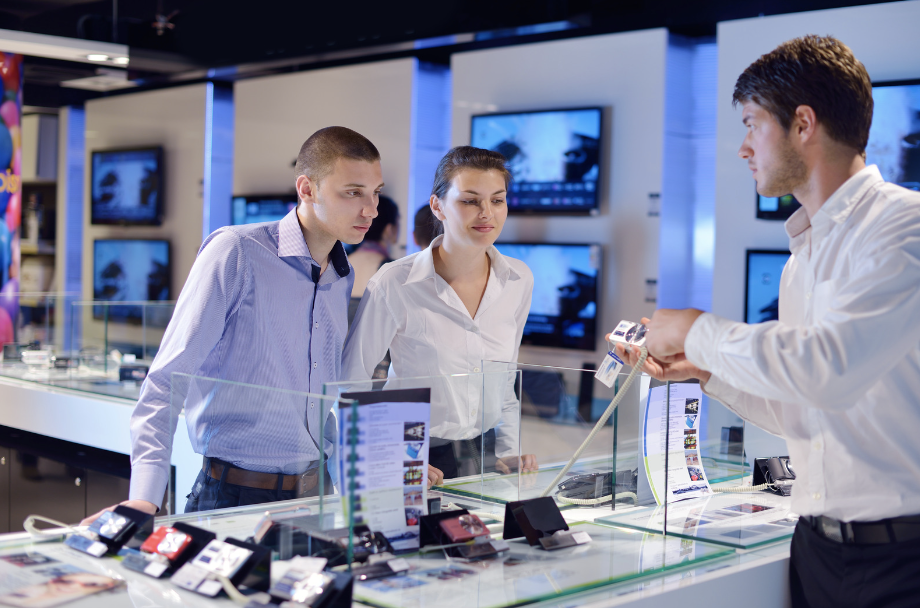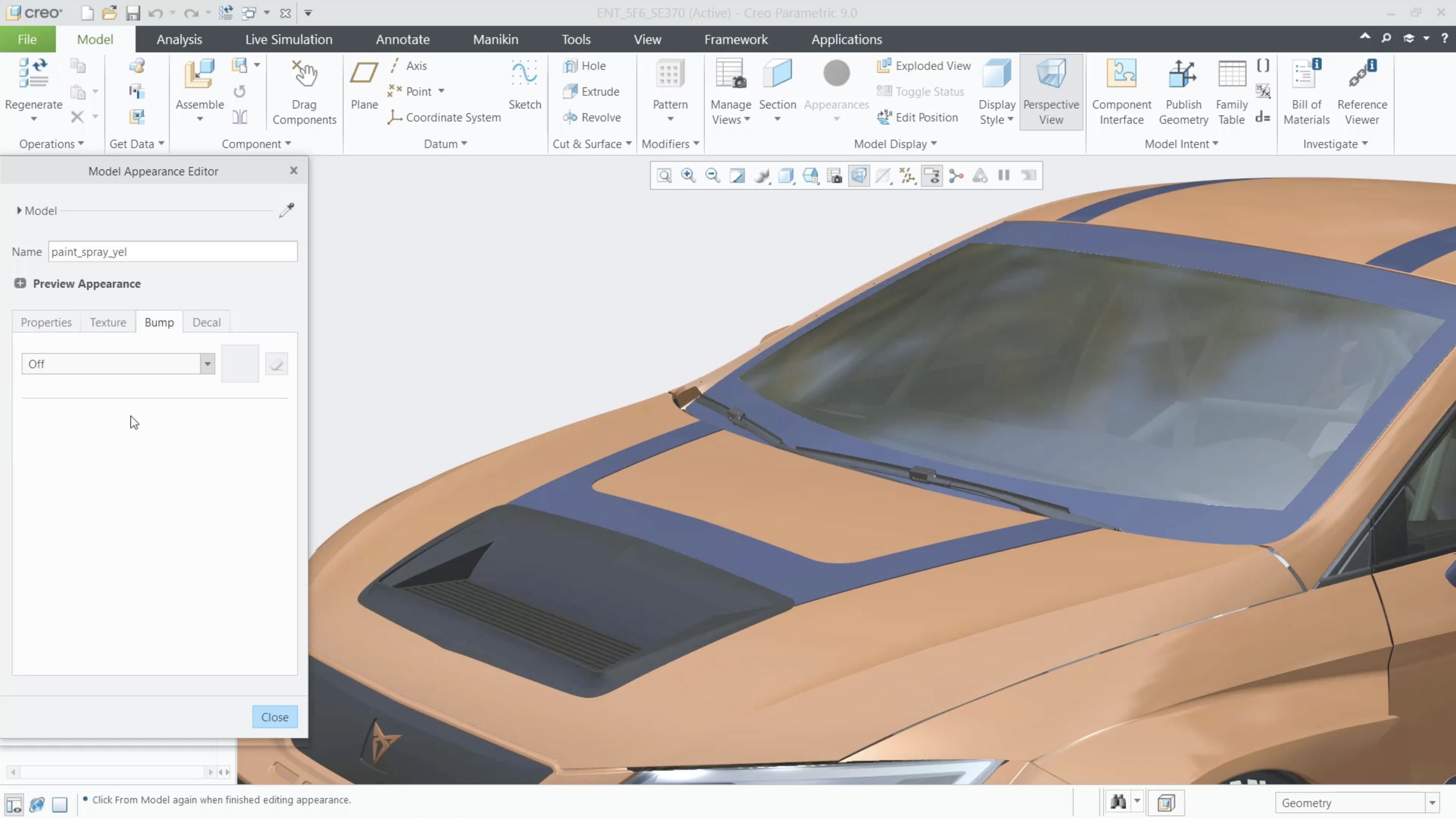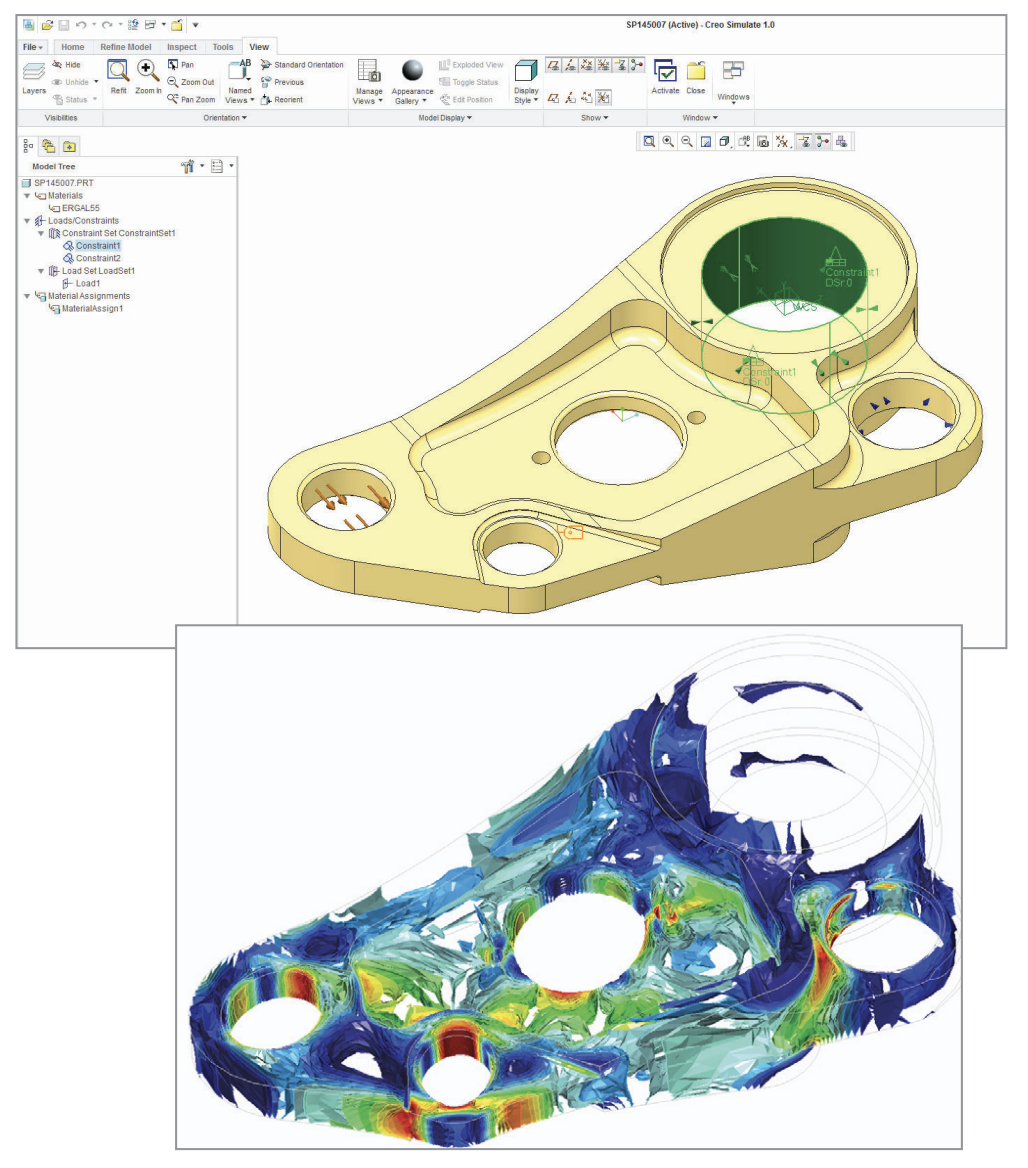In the competitive world of consumer product development, innovation is key to standing out. With many products offering similar functionality and price points, companies must differentiate their product’s design, performance, and quality. PTC’s CAD software, Creo, offers advanced design features that empower businesses to innovate. From conception to manufacturing, Creo provides tools that enhance creativity and efficiency. Let’s explore how Creo’s features boost consumer product innovation.

Steps for Consumer Product Design and Manufacturing
There are four main steps when creating a product: concept design, detailed design, simulation, and manufacturing. Creo allows designers to engineer optimal products by ensuring each step is followed. While each step has major components that apply to every industry, some products rely on certain requirements more than others. Let’s explore these steps for consumer product success.
Concept Design as The Foundation of Success
It is no secret that good-looking products sell better. Whether it is a car, hairdryer, or phone, aesthetics are important. In a crowded marketplace, consumer products are often seen as commodities, with little differentiation in functionality or price. What truly sets brands apart is styling and quality. Concept design plays a critical role in capturing consumer attention and driving brand preference. During this step, companies should focus on product differentiation, aesthetics and consumer appeal, design innovation and user experience, and the material selection including color, texture, and durability of the product.
Starting with a strong concept is crucial. A compelling design lessens the risk of losing market share or resulting in dissatisfied customers and lost revenue. Creo’s powerful tools allow for design exploration and flexible modeling. Designers can refine and perfect initial ideas as well as make fast, direct edits to any geometry without worrying about the original design constraints. This ensures that consumer products are both visually appealing and functional.
Creo’s Detailed Design for Differentiation
Once designers have solidified a concept, they can move on to the detailed design phase. This is where the product first starts to come together. For high-end consumer products, quality and performance are critical differentiators. Creo ensures precision in every part and assembly, from mechanisms to electronics. It focuses on design flexibility and personalization, accuracy and precision, usability, and quality.
Creo helps companies transition seamlessly from concept to detailed design, refining every aspect of the product. The software ensures that every component meets quality, performance, and safety standards. Creo’s part and behavioral modeling capabilities allow designers to achieve optimal design results by setting goals and constraints and using advanced geometry editing tools. Products are ensured they meet industry standards in this step.
Enhancing Performance with Creo’s Simulation Capabilities
Product recalls, warranty issues, and repair problems can severely damage a brand’s reputation. Creo’s simulation tools help prevent these pitfalls by allowing companies to test and analyze product performance in real-time. Simulation-driven design helps identify and eliminate design flaws early, improving quality and durability.
With Creo’s simulation capabilities, companies can improve quality, mitigate risks, optimize designs based on functional requirements, and reduce aftermarket costs. Simulation not only improves performance but also enhances the overall user experience. Creo’s advanced simulation allows designers to perform real-time simulations directly within the design environment to evaluate structural, thermal, and modal aspects. They can also evaluate designs under complex loading conditions to ensure product reliability. Furthermore, the fatigue advisor allows users to predict and optimize the fatigue life of metal components, ensuring that designs are durable. By using high-fidelity analysis and real-time feedback, companies can ensure that their products meet consumer expectations for quality and durability.
Manufacturing Quality Products with Creo
Bringing products to market quickly, while maintaining high standards of quality, is essential in today’s fast-paced environment. Creo’s integral manufacturing solutions help companies streamline production and reduce errors, resulting in high-quality products. The software’s ability to reference design geometry directly in the manufacturing process ensures accuracy and consistency.
Creo allows users to leverage modular design for component reuse and improve assembly configuration. By integrating tooling design, designers can manufacture high-quality parts with precision. NC machining directly integrates toolpaths with design geometry, ensuring that manufactured parts meet all specifications. Furthermore, Creo’s additive manufacturing capabilities allow users to create advanced designs such as lattice structures. Creo also integrates assembly management directly into the development process, reducing the time and cost associated with production. Creo allows companies to deliver higher-quality products in less time, increasing customer satisfaction.
Industry Applications
Creo’s advanced design features are used across a variety of industries, each with its own set of challenges and requirements. For machines and medical devices, compliance is the main priority. Motorsport, automotive, and aerospace products rely more on aerodynamics and aesthetics. Electronics also rely heavily on aesthetics, but they also often create a strong sense of brand loyalty. While each industry has a different main priority, Creo ensures every aspect is taken care of, from style to compliance.
Creating Innovative Consumer Products with Creo
Creo’s advanced design features support every stage of consumer product development. By focusing on aesthetics, precision, and performance, companies can differentiate themselves in a crowded market. Not only will they deliver products that meet consumer expectations, but they will exceed them. To discover how Creo can unlock innovation for your business, contact our experts today.











